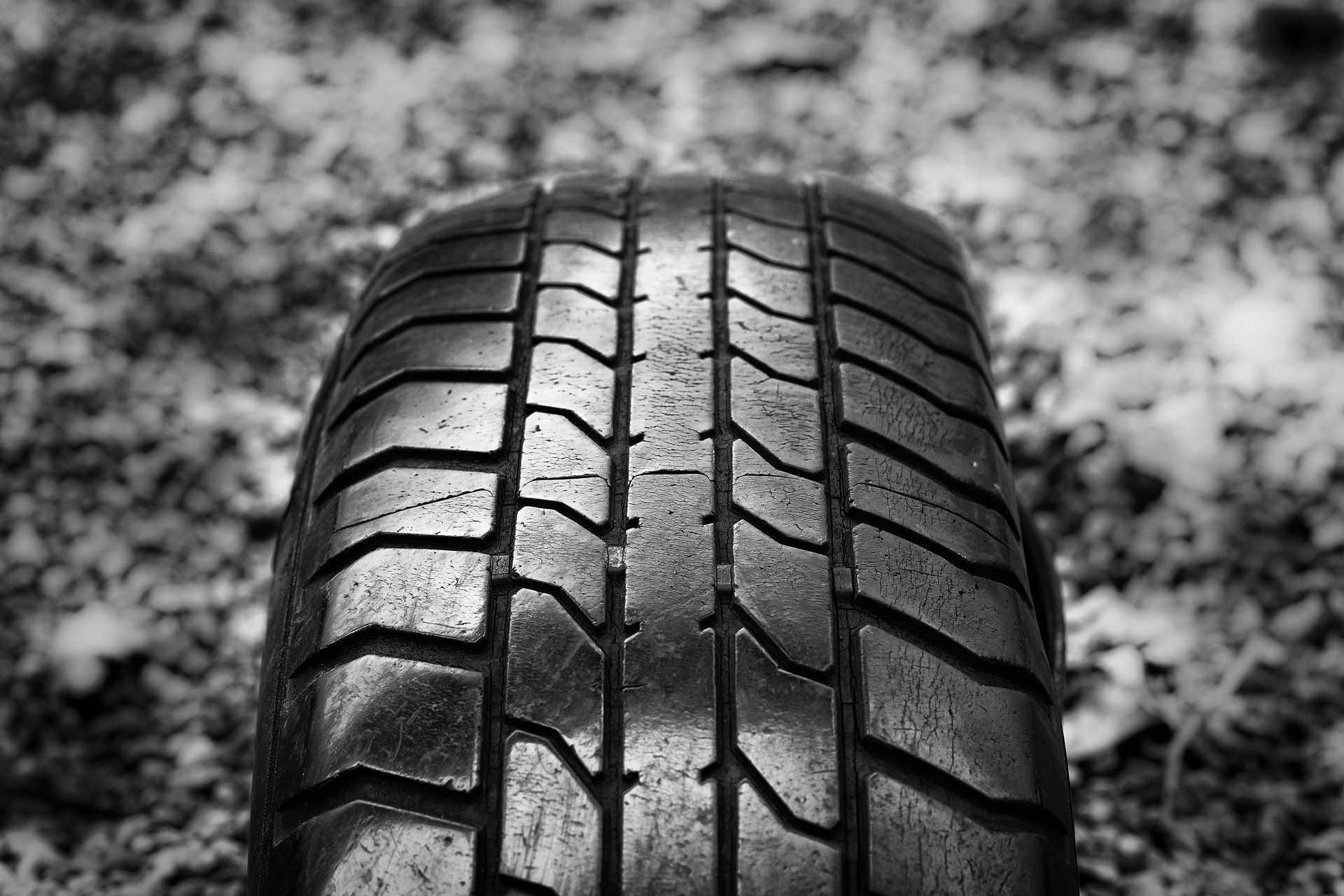Reinventing the Wheel: The Rise of Airless Tire Technology
The automotive world stands on the cusp of a revolution that challenges one of its most fundamental components: the tire. Airless tire technology, a concept that has been in development for decades, is finally gaining traction and could redefine how we think about vehicle mobility. This innovative approach promises to address long-standing issues of punctures, pressure maintenance, and environmental impact, while potentially improving performance and safety.
The Evolution of Tire Technology
The concept of airless tires isn’t entirely new. Early automobiles often used solid rubber tires, which were heavy, provided little cushioning, and delivered a rough ride. The advent of pneumatic tires in the late 19th century revolutionized transportation, offering improved comfort, traction, and fuel efficiency.
However, pneumatic tires come with their own set of challenges. They require regular pressure checks, are susceptible to punctures, and can fail catastrophically at high speeds. These issues have spurred engineers to explore alternatives, leading to the development of modern airless tire technology.
How Airless Tires Work
Airless tires, also known as non-pneumatic tires (NPTs), replace the air-filled inner tube with a spoke-like structure made of flexible materials such as polyurethane or recyclable plastics. This design distributes the vehicle’s weight across the entire structure, eliminating the need for air pressure.
The outer tread of an airless tire is similar to that of a conventional tire, providing the necessary grip and traction. However, the internal structure is where the magic happens. The spokes are engineered to flex and absorb shocks, mimicking the cushioning effect of air in traditional tires.
Advantages of Airless Tire Technology
One of the most significant benefits of airless tires is their puncture-proof nature. Without air pressure to maintain, these tires are impervious to nails, glass, and other road hazards that typically cause flats. This feature alone could drastically reduce roadside emergencies and improve overall vehicle reliability.
Maintenance is another area where airless tires excel. The elimination of air pressure checks and the need for spare tires could simplify vehicle ownership and potentially reduce long-term costs. For commercial fleets, this could translate to significant savings in maintenance and downtime.
Environmental considerations also favor airless tires. Many designs use recyclable materials and can be retreaded multiple times, potentially reducing the environmental impact of tire production and disposal. Additionally, the consistent structure of airless tires could lead to improved fuel efficiency by maintaining optimal road contact regardless of wear.
Challenges and Limitations
Despite their potential, airless tires face several hurdles before widespread adoption. One significant challenge is heat dissipation. Traditional pneumatic tires use air circulation to help manage heat buildup during operation. Airless tires must find alternative ways to handle this heat, which can affect performance and durability.
Weight is another concern. Current airless tire designs tend to be heavier than their pneumatic counterparts, which can impact vehicle dynamics and fuel efficiency. Engineers are working to optimize materials and structures to address this issue.
Performance at high speeds remains a question mark for many airless tire designs. The unique structure of these tires can lead to increased vibration and noise at higher velocities, potentially limiting their use in high-performance applications.
The Road Ahead for Airless Tires
Several major tire manufacturers and automotive companies are investing heavily in airless tire technology. Prototypes have been tested on various vehicles, from passenger cars to military applications, with promising results.
As the technology matures, we can expect to see airless tires first deployed in specialized applications where their benefits outweigh current limitations. Construction equipment, military vehicles, and off-road recreational vehicles are likely early adopters, benefiting from the increased durability and reduced maintenance requirements.
For passenger vehicles, the transition may be more gradual. Hybrid designs that combine elements of both pneumatic and airless tires could serve as a stepping stone, allowing for incremental improvements and consumer adaptation.
Implications for the Automotive Industry
The potential widespread adoption of airless tires could have far-reaching effects on the automotive industry. Tire manufacturers would need to retool production lines and develop new manufacturing processes. Auto designers could rethink vehicle architecture, potentially leading to new innovations in suspension and chassis design.
The aftermarket tire industry would also face significant changes. The durability of airless tires could reduce the frequency of tire replacements, shifting the focus towards long-term performance and specialized applications.
A Revolution in Motion
Airless tire technology represents a paradigm shift in how we approach one of the most fundamental components of vehicular transport. While challenges remain, the potential benefits in terms of safety, maintenance, and environmental impact are too significant to ignore.
As research continues and prototypes evolve into production models, we stand on the brink of a tire revolution that could redefine the very notion of the wheel. The road ahead for airless tires is long and winding, but the destination promises a future of more reliable, sustainable, and innovative transportation for all.






